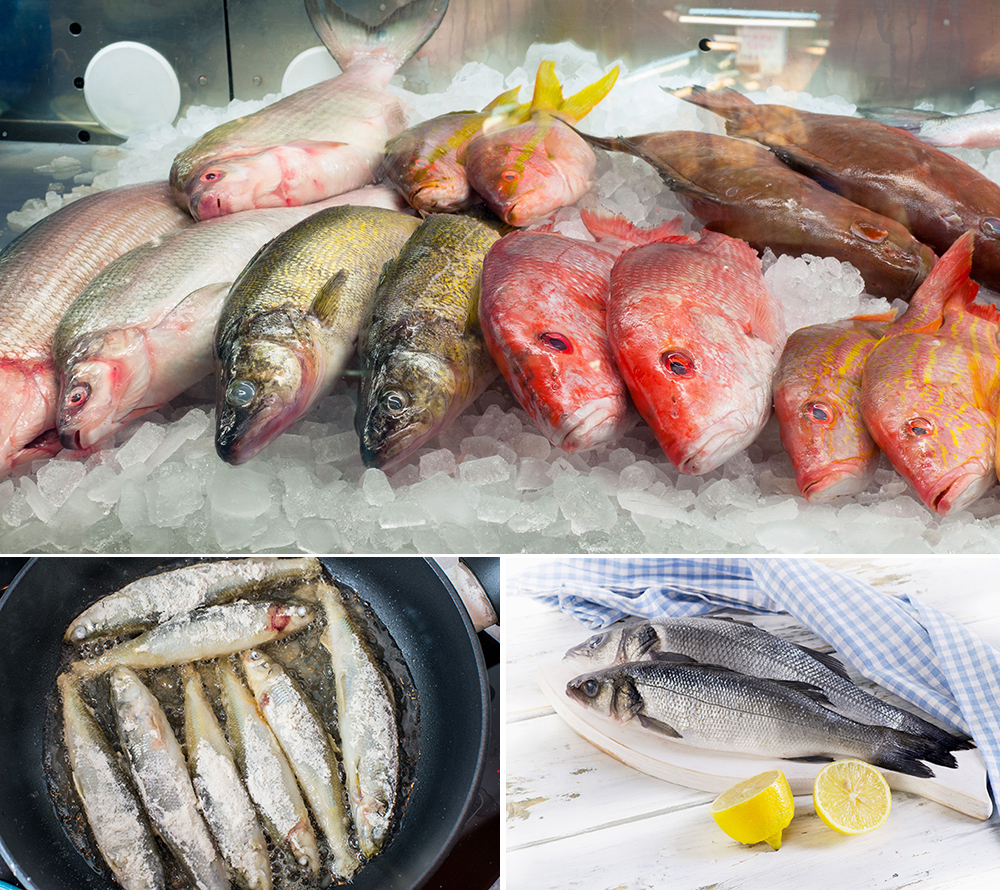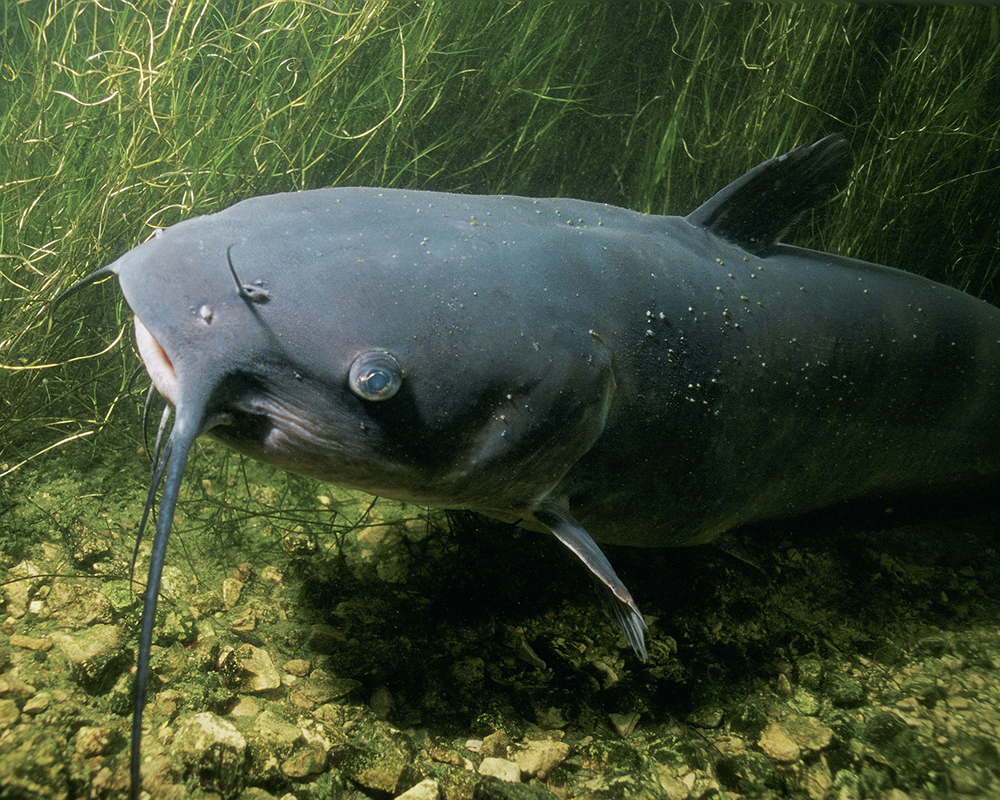Post-Christmas people tend to forget that fish can be consumed on a daily basis, not only as part of holiday celebrations. Although there are only 400 thousand fishermen in Hungary out of a population of 10 million, we have century old recipes that prove fish is the basis for many classic Hungarian dishes, plus fish is very good for you and we eat way less than we could or should.
More than fish soup
It’s true that the majority of Hungarian gastronomic traditions don’t feature any kind of fish, but the first recipe for fisherman’s soup can be found in the 1871 copy of auntie Rézi’s cookbook, so it would be futile to say there are no traditional Hungarian fish dishes. And we didn’t even go into the endless debate between people from Szeged and Baja about which style of fisherman’s soup is superior.
Fish is one of the healthiest foods. It’s low in cholesterol and is full of vitamins and amino acids. Phosphor, iodine, fluorine, iron, potassium, calcium, and A, B, B2, B6 and B12 vitamins can all be found in fish. Its flesh has a loose structure so it’s easily digested, and the Omega 3 fatty acids in it have proven to lower the risk of heart attack. According to statistics, there are a lot fewer cases of cardiovascular diseases in countries where fish consumption is high.

Fish playbook
Magyarországon a több mint ezer horgászegyesületbe tömörült négyszázezer regisztrált, a Magyar Országos Horgász Szövetség által az Abaliget Horgásztótól a Zubogó Horgásztóig nyilvántartott mintegy 450 horgászati, 130-140 ezer hektárnyi vízterületen halakat fogó sporthorgász 86 hazai – őshonos és betelepített – halfajra horgászik.
Mindez azonban nem elég ahhoz, hogy a magyarországi évi fejenkénti halfogyasztás 6,0-6,2 kilogramm fölé emelkedjen, ami jelentősen elmarad az Európai Uniós és globális, évente és fejenként 20 kilogrammos átlagtól. A jövedelmi viszonyok jelentősen befolyásolják a hazai halfogyasztást, a leggazdagabbak hétszer többet esznek, mint a legszegényebbek, a fővárosiak halfogyasztásának mindössze 43 százaléka az Észak-magyarországiaké és Észak-alföldieké és az egyszemélyes háztartások egy főre jutó kiadása az átlagot felülmúló, míg a többgyerekes családoké átlag alatti. Pedig a hal és a hús ára nagyságrendileg nem tér el egymástól, egy kilogramm élő ponty ára a vásárlás helyétől függően átlagosan 1000-1200, feldolgozott formájáért 1200-1500 forintot kérnek, a sertéshúsé 1200-1500 Ft, a csirke- és pulykahúsé 1000 – 1500 Ft között mozog.
Az agrártárca népszerűsítő kampányokkal, halvásárokkal ösztönzi a halfogyasztást, és a fogyasztói bizalom növelése érdekében “Minőségi Magyar Hal” tanúsító védjegy bevezetését is tervezi. De a kampányok mellett a hagyományok változása szükséges ahhoz, hogy a rendkívül sokféleképpen elkészíthető, finom és egészséges hal mindennapjaink ételévé váljon. Ehhez pedig idő és türelem kell.
Harcsa a győztes
The Fish of the Year title was decided by five thousand voters on the website of Hungarian Fish Science Society. Participants could choose between three native fish species and in the end catfish won.

Catfish stew
Ingredients:
1 kilo of skinless African catfish or catfish fillet
1 level tablespoon of salt
1 big onion
4 tablespoons of oil
1 level tablespoon of paprika
1 green pepper and 1 tomato
Preparation:
Cut the fish into cubes and rub it with half of the salt then put aside.
Peel and finely chop the onion then wilt on the hot oil. Cover with paprika and immediately add water so it won’t burn – it’s even better to add fish broth instead of water to enhance the flavors. Core and finely chop the tomato and green pepper then add them to the pan with a touch of salt. Cook on medium heat for 20-25 minutes. When done add a half a cup of cream and sour cream to enhance the dish and bring to a boil then add the cubed catfish and cook for another 8 to 10 minutes. We recommend eating it with noodles or cottage cheese pasta.
Catfish with sesame seed
Ingredients:
1 kilo of African catfish
10 dekagrams of butter (3.5 ounces)
10 dekagrams of sesame seed (3.5 ounces)
1 lemon
Salt, flour, 4 eggs
Preparation:
Cut the fish into bite-sized pieces add salt and the juice of the lemon then let rest for at least 30 minutes. Toast sesame seeds in a pan until golden brown. Coat the fish pieces in flour then beaten eggs then sesame seeds. Let rest for another 30 minutes. Melt the butter then add half of it into a frying pan then add the fish and cover with the rest of the butter. Bake in the oven on medium heat for 20 to 25 minutes.
Roasted catfish with lemons sauce on a bed of salad
Ingredients:
2 fillets of catfish
1 lemon
1 clove of garlic (crushed)
Salt
2 tablespoons of yogurt
Half a teaspoon of Dijon mustard
Salad mix
Preparation:
Salt the fillets then rub with the garlic and the juice of the lemon. Heat a grill pan with a little olive oil until smoking then fries the fillets. For the lemon sauce, you’ll need to mix half a cup of yogurt with lemon juice, Dijon mustard, and pepper to taste. Put the sauce in the fridge to rest. Put the fried fish onto the salad bed then sprinkle with the delicious sauce.





Write a comment
To write a comment you should sign in to with your account